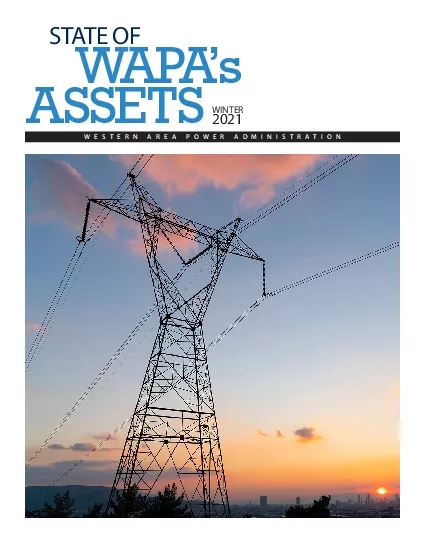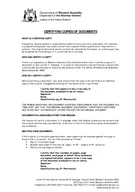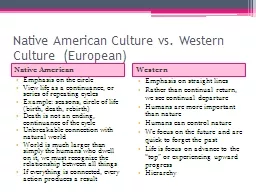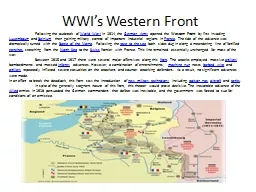PDF-WESTERN AREA POWER ADMINISTRATION
Author : belinda | Published Date : 2021-08-08
STATE OFWAPA146sASSETSWINTER 2021State of WAPA146s Assets 20212LETTER FROM THE ADMINISTRATOR AND CEO The extensive size of our enterprise151encompassing more than
Presentation Embed Code
Download Presentation
Download Presentation The PPT/PDF document "WESTERN AREA POWER ADMINISTRATION" is the property of its rightful owner. Permission is granted to download and print the materials on this website for personal, non-commercial use only, and to display it on your personal computer provided you do not modify the materials and that you retain all copyright notices contained in the materials. By downloading content from our website, you accept the terms of this agreement.
WESTERN AREA POWER ADMINISTRATION: Transcript
Download Rules Of Document
"WESTERN AREA POWER ADMINISTRATION"The content belongs to its owner. You may download and print it for personal use, without modification, and keep all copyright notices. By downloading, you agree to these terms.
Related Documents














